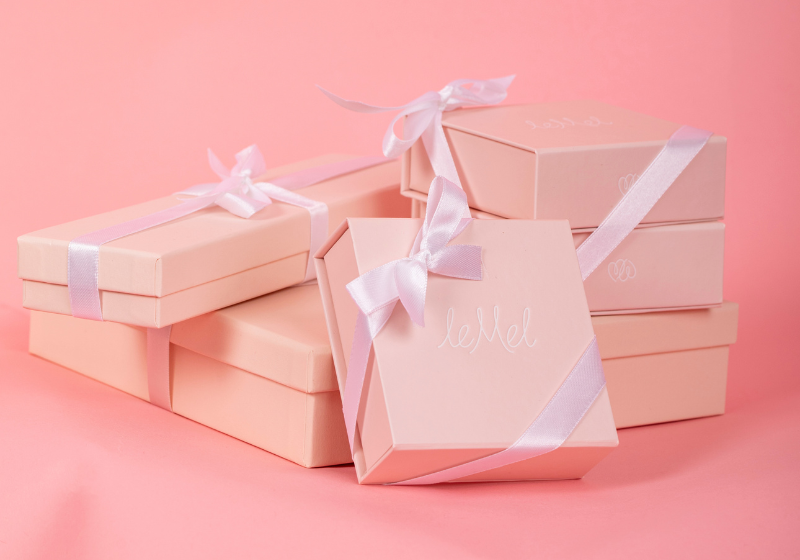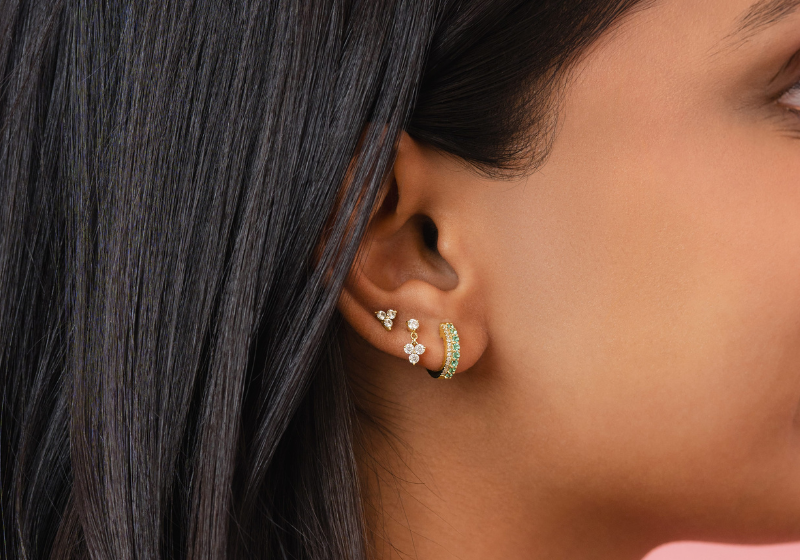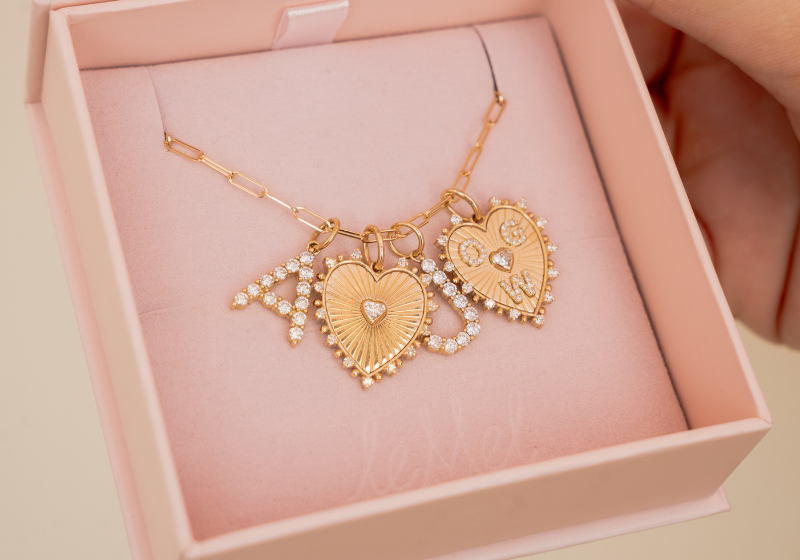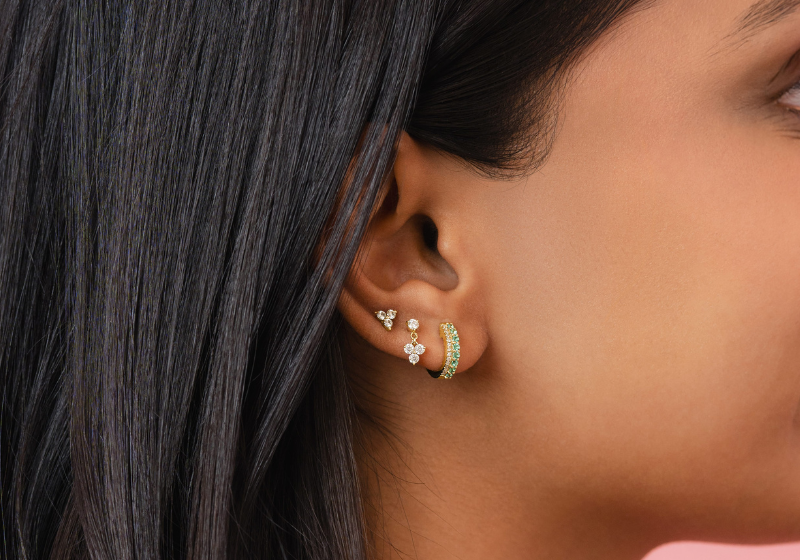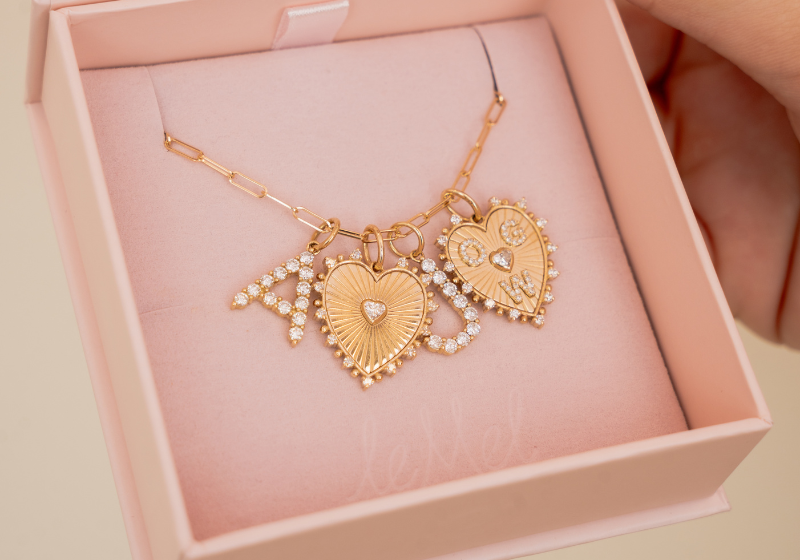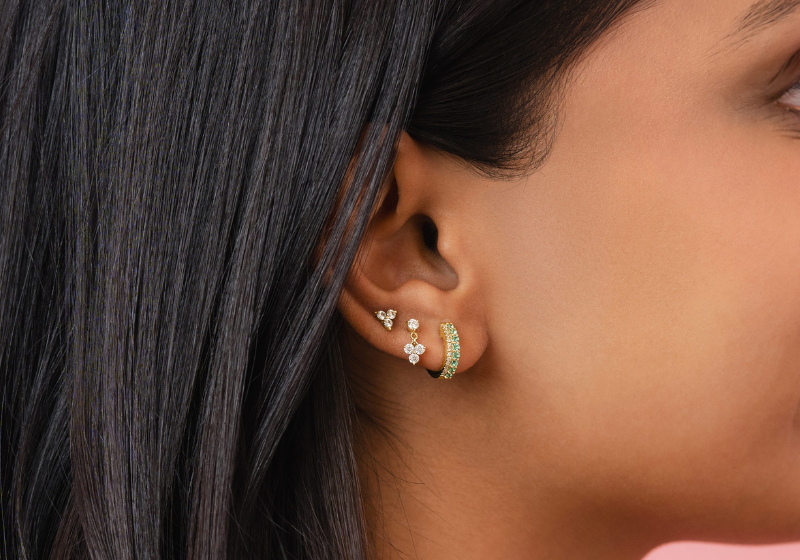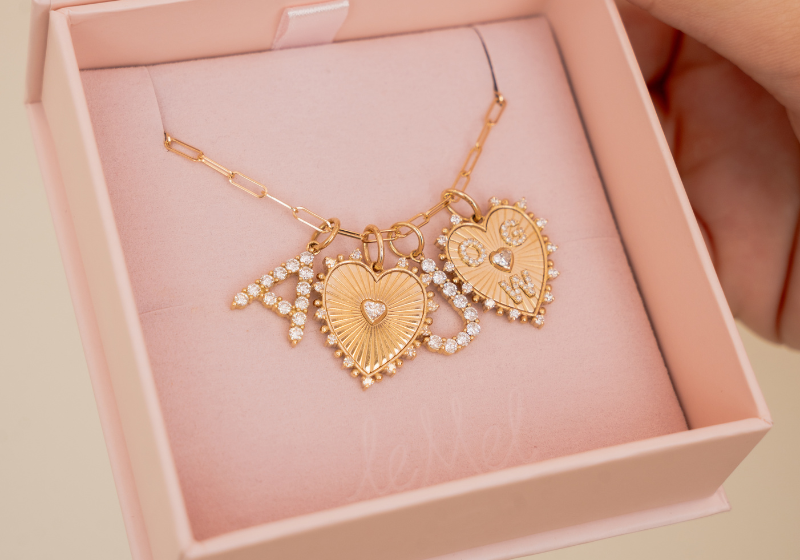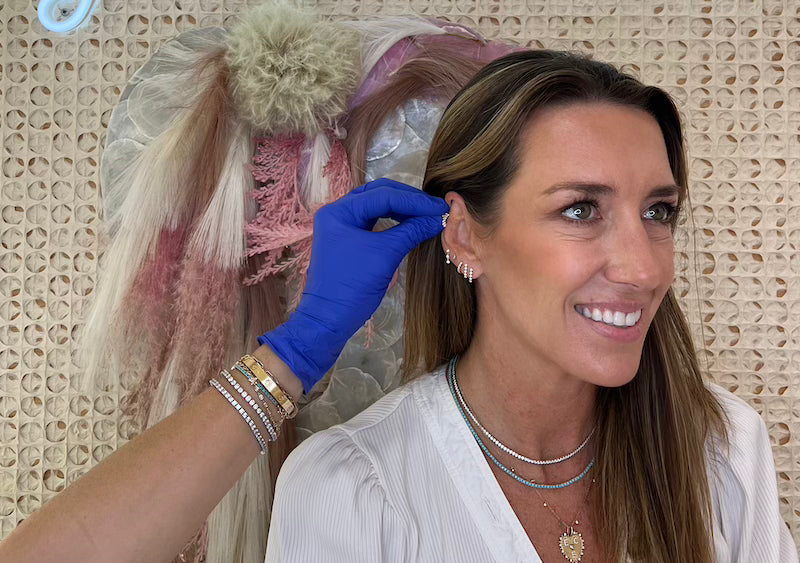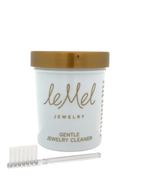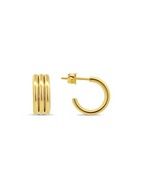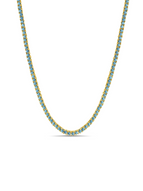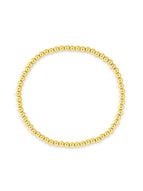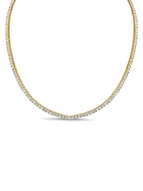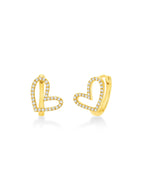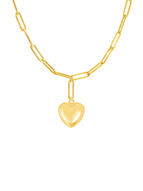The month of June claims a famously unique birthstone -- the pearl. The pearl has been one of the most highly sought-after gems throughout history. Pearls were famously worn by icons Coco Chanel, Marilyn Monroe, Grace Kelly and Jackie O.

Today, pearls remain a symbol of class and elegance. Now cultured and farm-grown, pearls can come in countless shapes, colors, and designs. Pearls continue to be a special gift for any occasion.
In honor of all the June birthdays we are answering 5 of our most frequently asked questions about pearls!
5 MOST COMMONLY ASKED QUESTIONS ABOUT PEARLS
1. How are pearls made?
Pearls are the only gems created by a living animal. They are formed when an irritant (like sand) gets trapped inside a mollusk. To protect itself from the outside irritant, mollusks produce aragonite and conchiolin which create nacre, also known as mother-of-pearl. Any mollusk can create pearls, meaning wild pearls can be found in oysters, mussels, clams, conchs, and gastropods, in both saltwater and freshwater.
2. Why are pearls rare?
Natural pearls are one of the world’s rarest jewels. Less than 1 in every 10,000 oysters contain a pearl. And now, due to overfishing, ocean-pollution, and sea-predators, the chance of finding a natural pearl is incredibly slim. This has led the industry to create cultured (or farm raised) pearls.
3. What is the difference between a cultured pearl and a natural pearl?
Cultured pearls are created with the help of human “pearl farmers.” Pearl farmers physically insert an irritant or bead into a mollusk, and then the mollusk gets to work creating the pearl the same way it would in nature. Cultured pearls are considered real pearls and are far more common than natural pearls. Today almost all pearls sold are cultured pearls. The big differentiator is not cultured vs natural but Freshwater vs Saltwater.
4. What is Mother of Pearl? Mother of pearl is the iridescent nacre-coated inner-shell of a mollusk. Mother of pearl is used to make jewelry, home decor, on musical instruments, buttons, etc.. It’s said to be called mother of pearl because the nacre-lined shells are the belly in which pearls are produced.
 5. How do you care for your pearls?
5. How do you care for your pearls?
- To keep your pearls clean, wipe them with a soft, damp cloth after each wear. This will help clean the dirt and oils off that can damage the nacre. NEVER clean your pearls with harsh chemicals. Baking soda, ultrasonic cleaner, and other harsh chemicals will strip the nacre coating your pearls, leaving them susceptible to damage and without their natural luster.
- Always store your pearls away from other jewelry to prevent scratching. Pearls are generally soft enough to get scratched by hard jewelry items, such as rings, necklace clasps, and sharp earring posts. Use a soft jewelry pouch or cloth to protect your pearls and keep them separated from other jewelry in your jewelry box.
- Do not store your pearls in an airtight environment (aka a zip lock bag). Pearls need moisture to maintain their natural sheen. They must maintain access to moisture to glow. We recommend keeping them in a soft lined jewelry case or wrapped in a loose jewelry cloth.
- Make sure to put your pearls on AFTER applying your makeup, body lotion, perfume or hairspray. When pearls come into contact with chemicals found in various cosmetic products, they can lose their shine. It is important to put your pearls on last and take them off first, to prevent them from coming into contact with harmful products.


 5. How do you care for your pearls?
5. How do you care for your pearls? 
